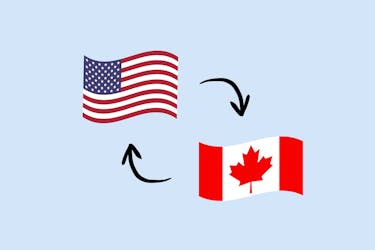
How Casey’s ‘Test & Learn’ Approach Builds Innovative Product Assortments
The convenience store chain’s latest Innovation Summit continues to successfully evolve its approach to product discovery

Targeting Niche Markets Can Lead to Nationwide Reach for CPG Brands
The most successful emerging brands today aren’t trying to be everything to everyone; they resonate deeply with a specific consumer segment.

Scaling Up Successfully: 6 Key Insights from Pholicious Co-Founder Joseph Trousdale
Launched in 2021, the brand has seen tremendous growth, landing several retail and foodservice deals, and an investment from Kevin O’ Leary!

233 Suppliers Move to Next Phase of 7-Eleven’s Brands With Heart Selection Process
Selected brands will send samples to 7-Eleven’s Emerging Brands team for review and an opportunity to meet virtually with buyers

Beverage Brand Asarasi Wins Wakefern 2026 Local Wellness Supplier Summit
Asarasi’s products are expected to hit shelves in spring 2026 at Wakefern supermarket banners ShopRite, The Fresh Grocer and Morton Williams.

Authenticity Is Your Brand’s Best Asset When it Comes to Independent Retailers
Local retailers are more likely to champion a product that is genuine rather than one that is trendy

Cross-Border Insurance for CPG Brands: What It is & Why You Need It
Selling in the U.S. or Canada? Learn why CPG brands need cross-border insurance to expand safely and meet marketplace requirements.

How 7-Eleven’s Brands with Heart Brings Purpose-Driven Products to the Shelf
A Q&A with Louisa McCarty, Manager, 7-Ventures | 7-Eleven Emerging Brands

Unlocking Growth at Retail & Foodservice with Global Cuisine
PDG Insights’ Diana Sheehan shares how supermarket and restaurant operators can ride the wave of international food adoption

Core-Mark Curated Winner Unite Food Seeks to Shake Up the Protein Bar Aisle
This fast-growing brand has landed several accounts from her engagement with retail buyers on RangeMe




